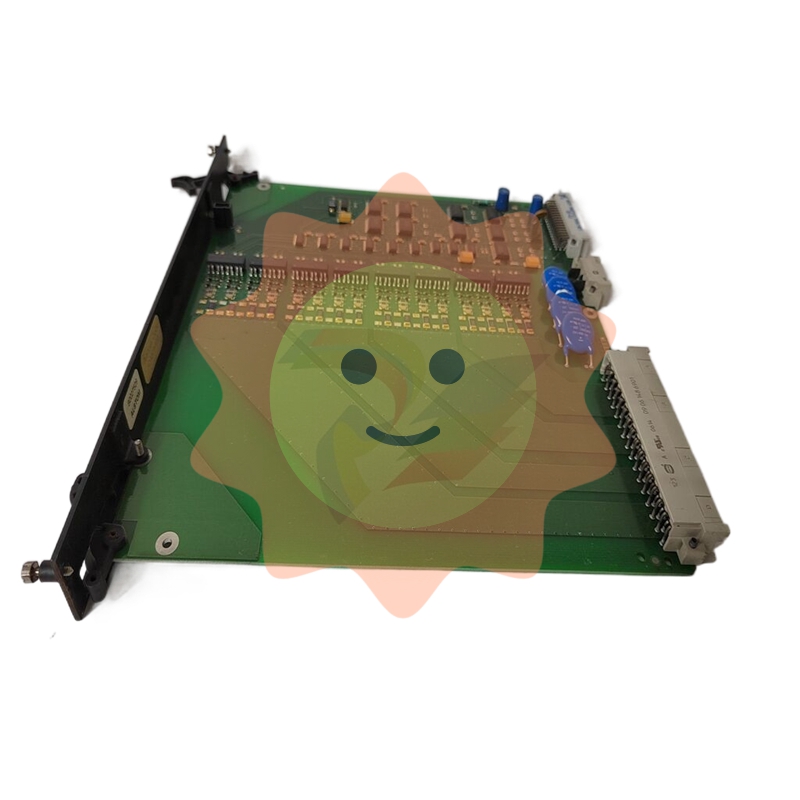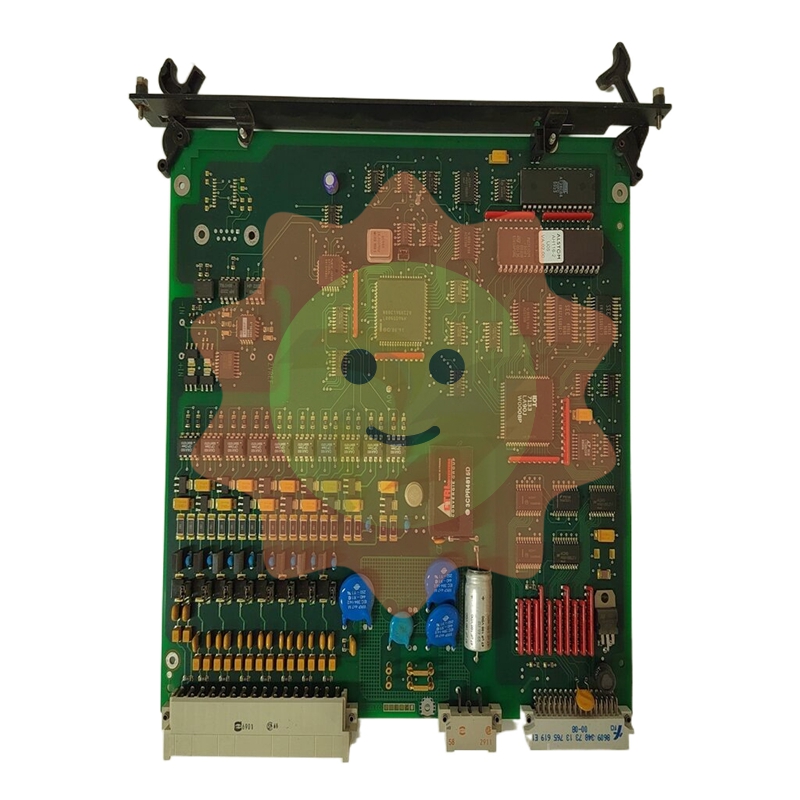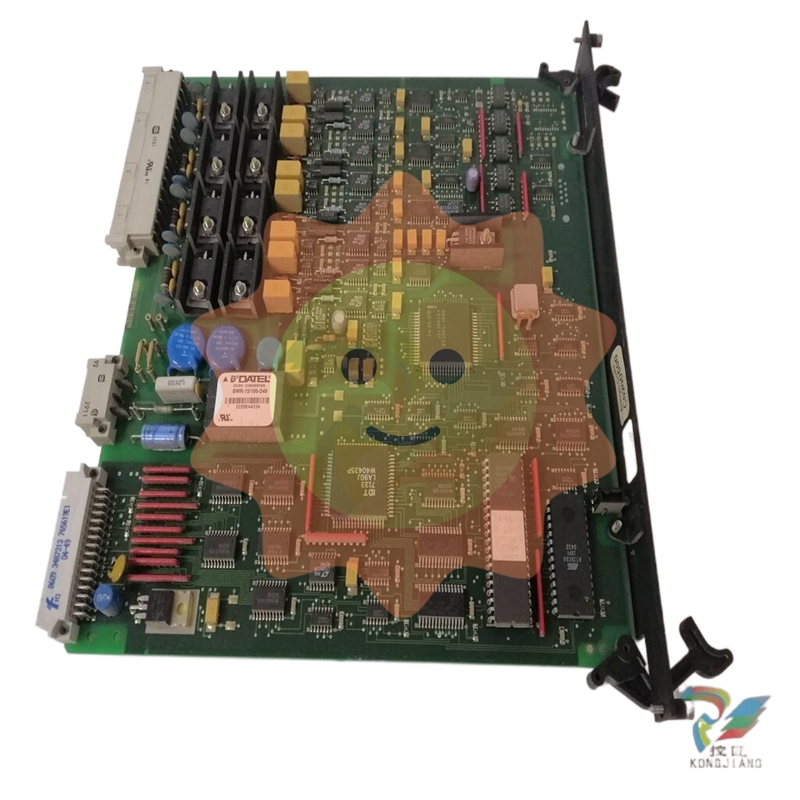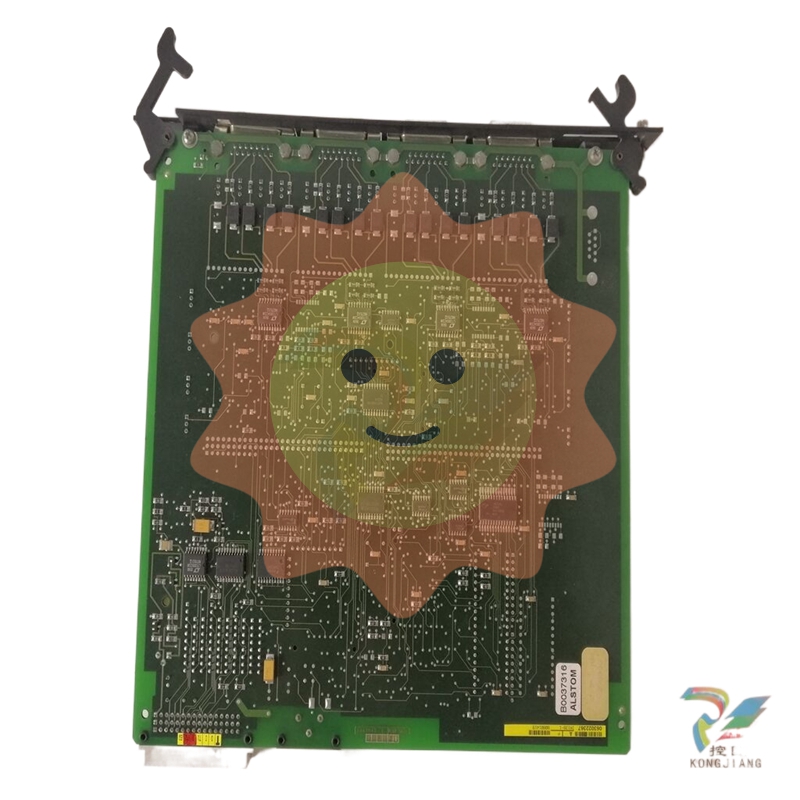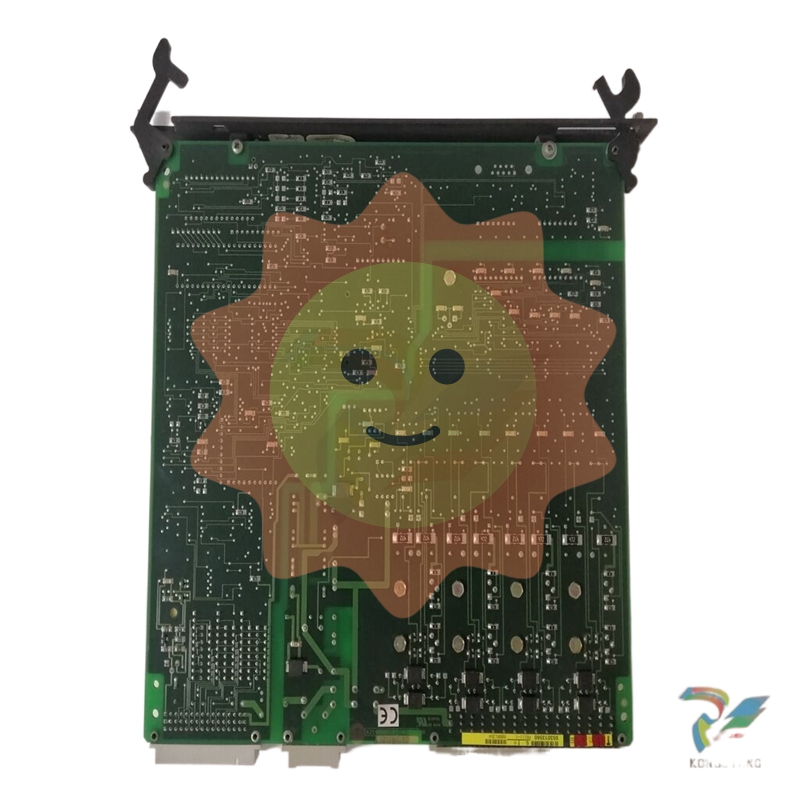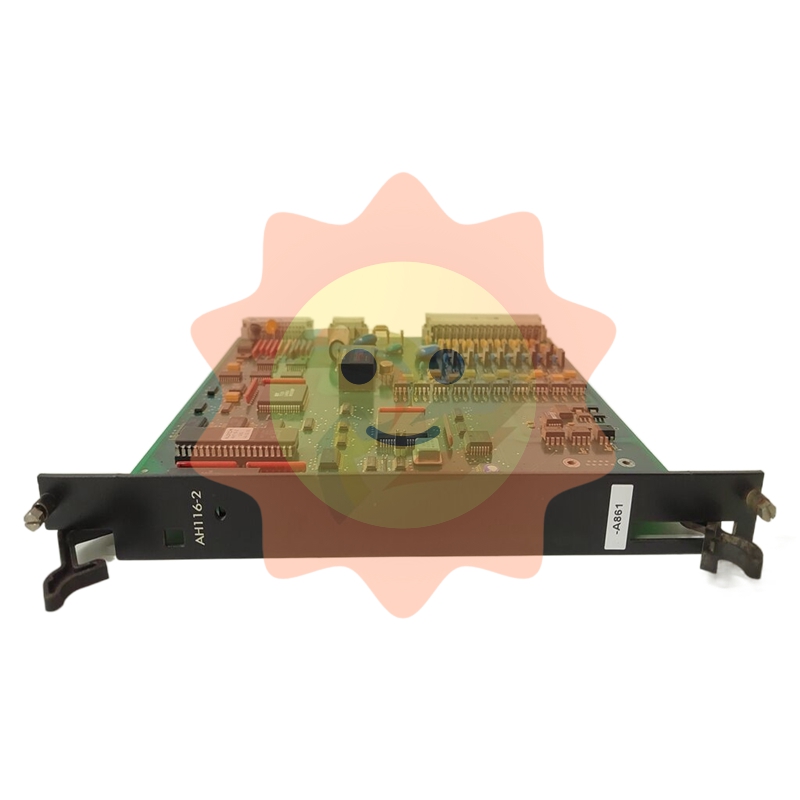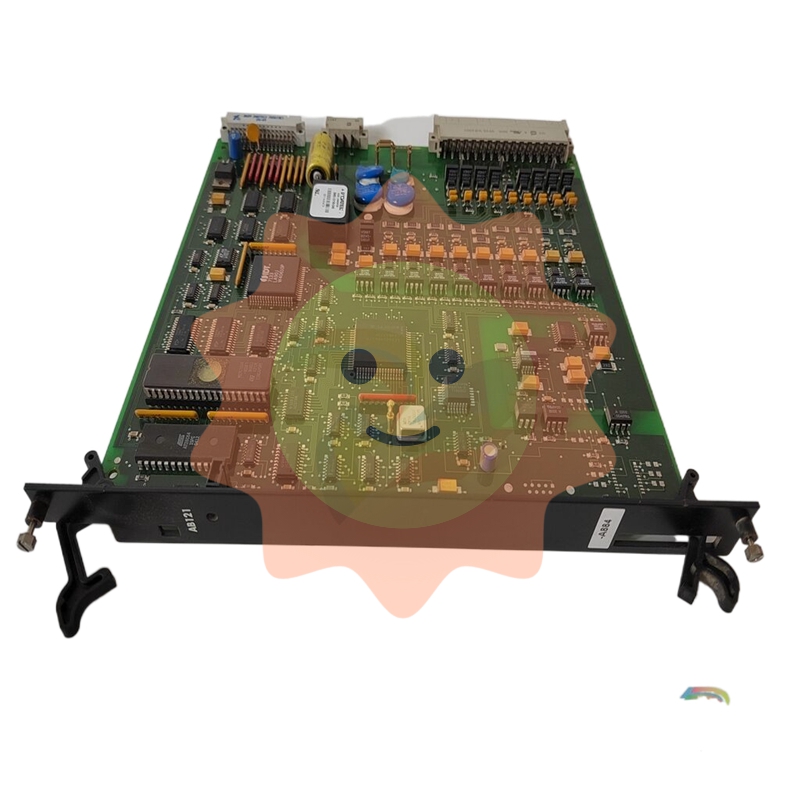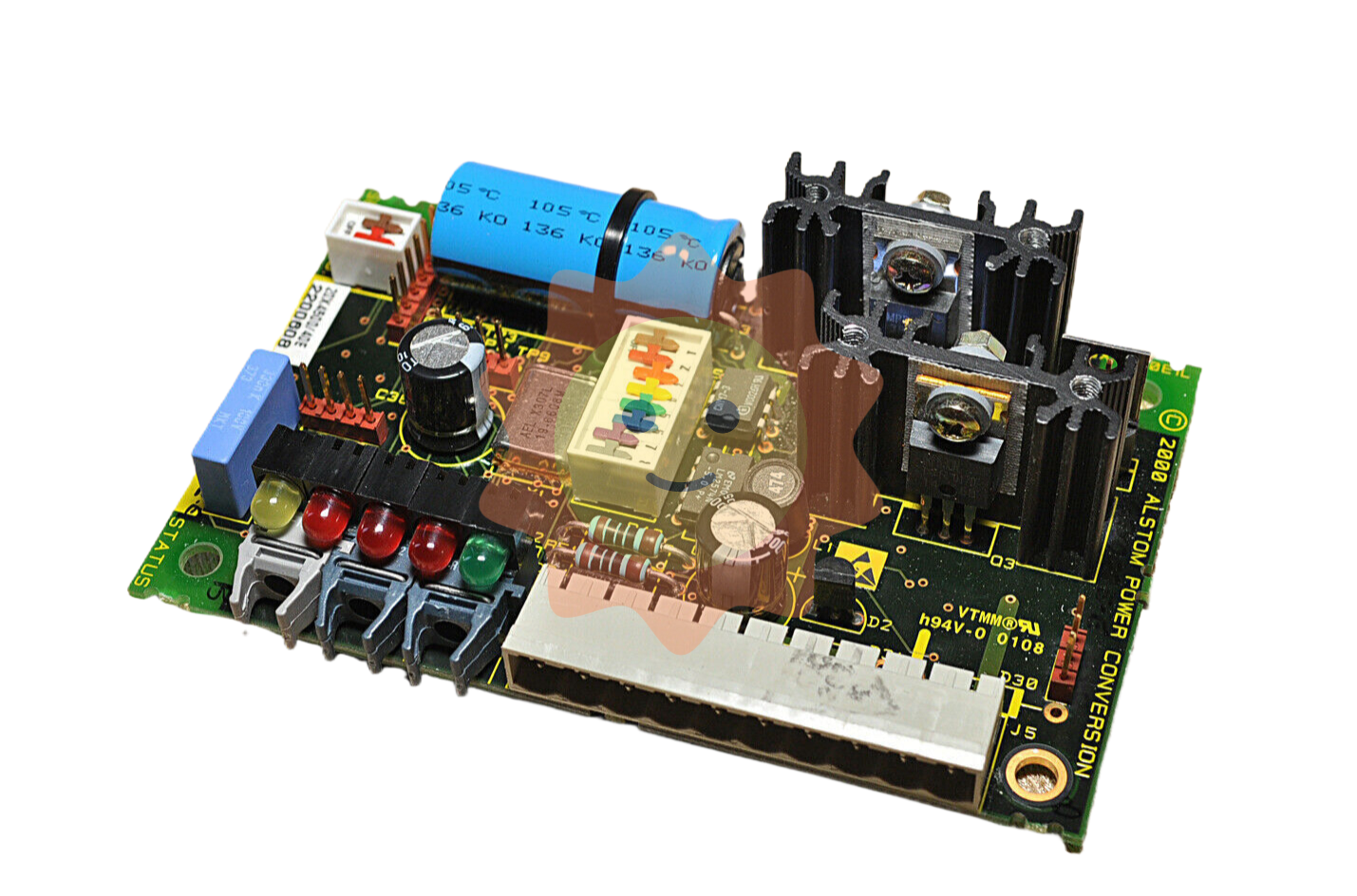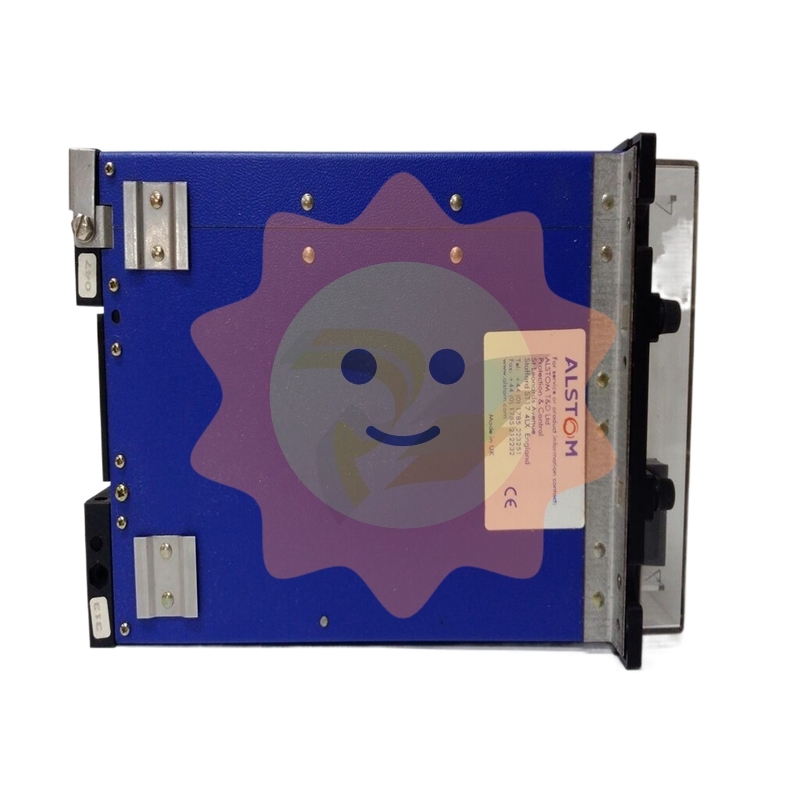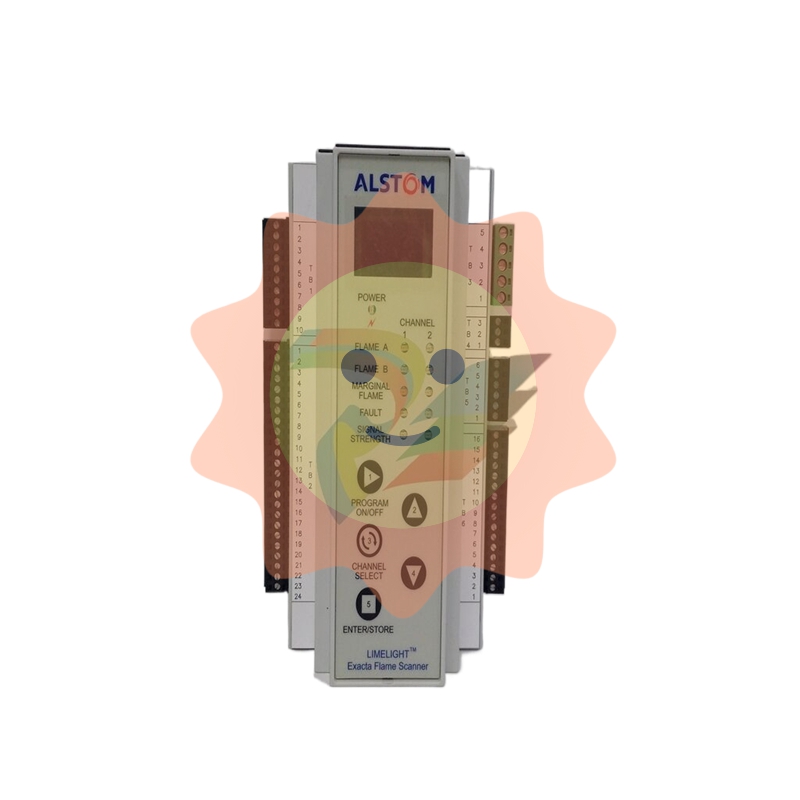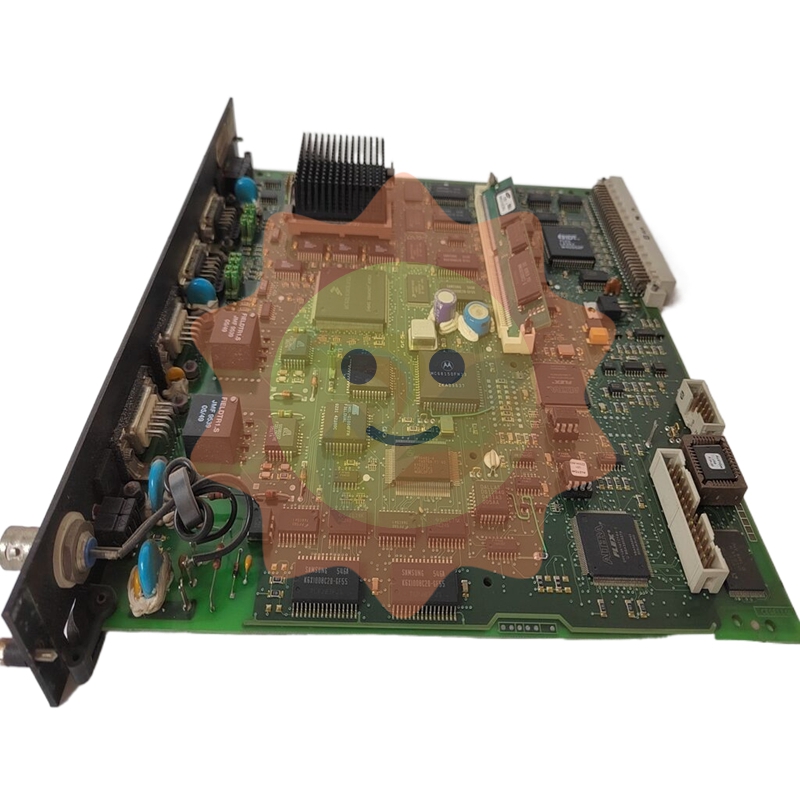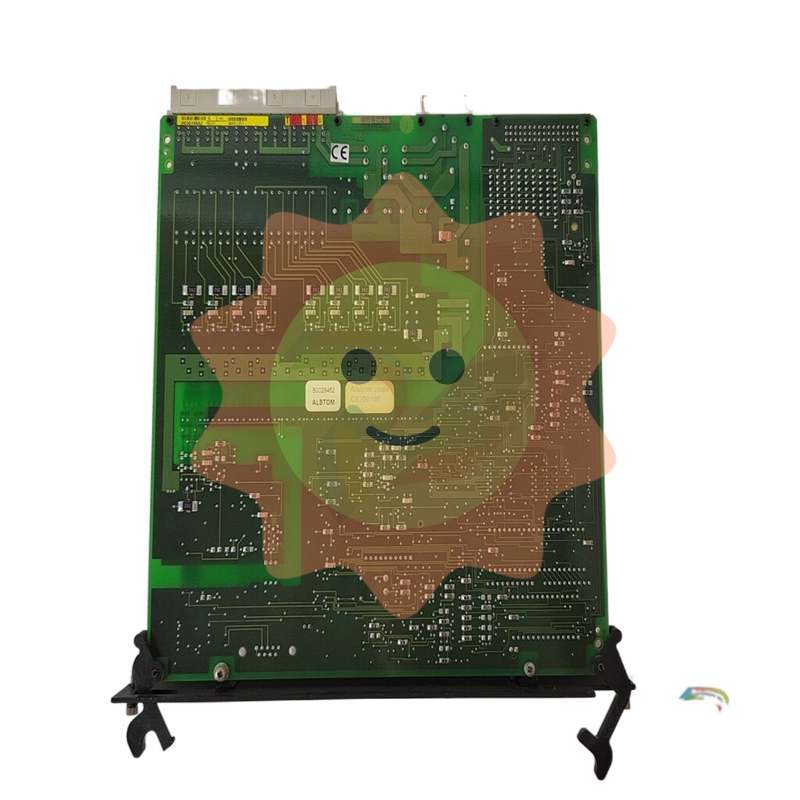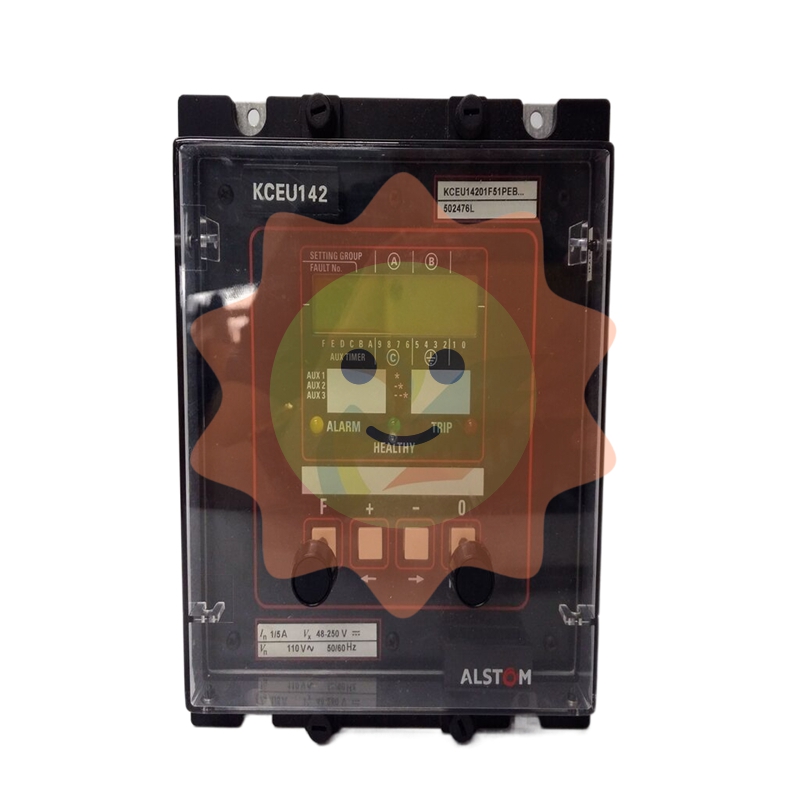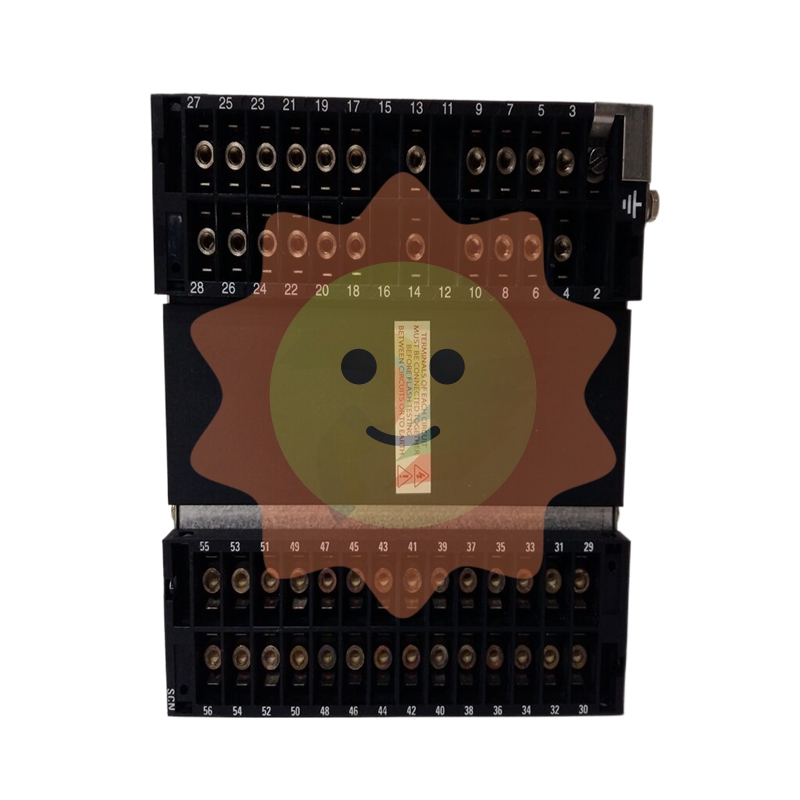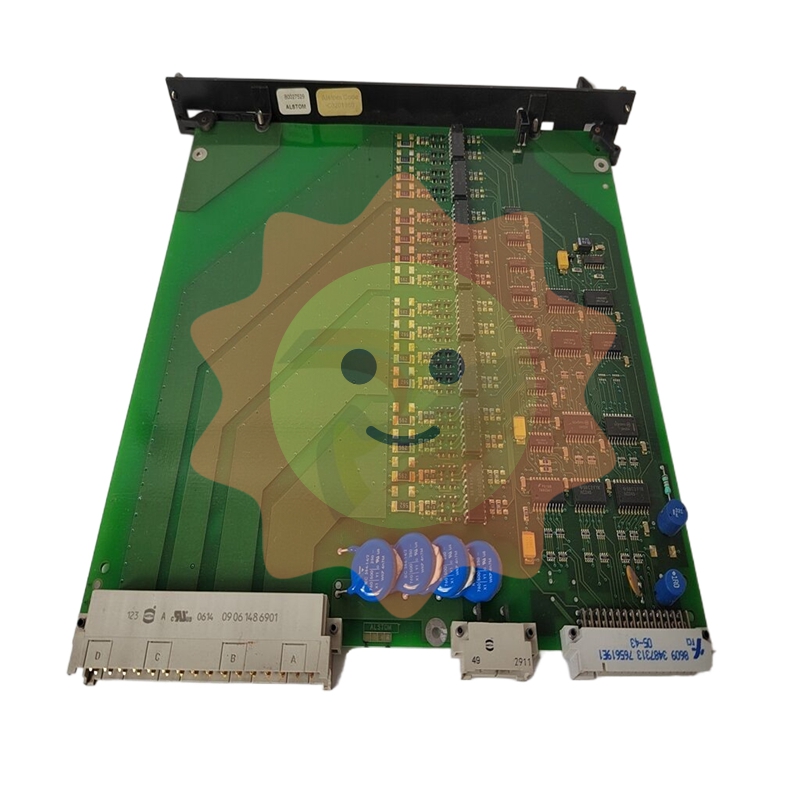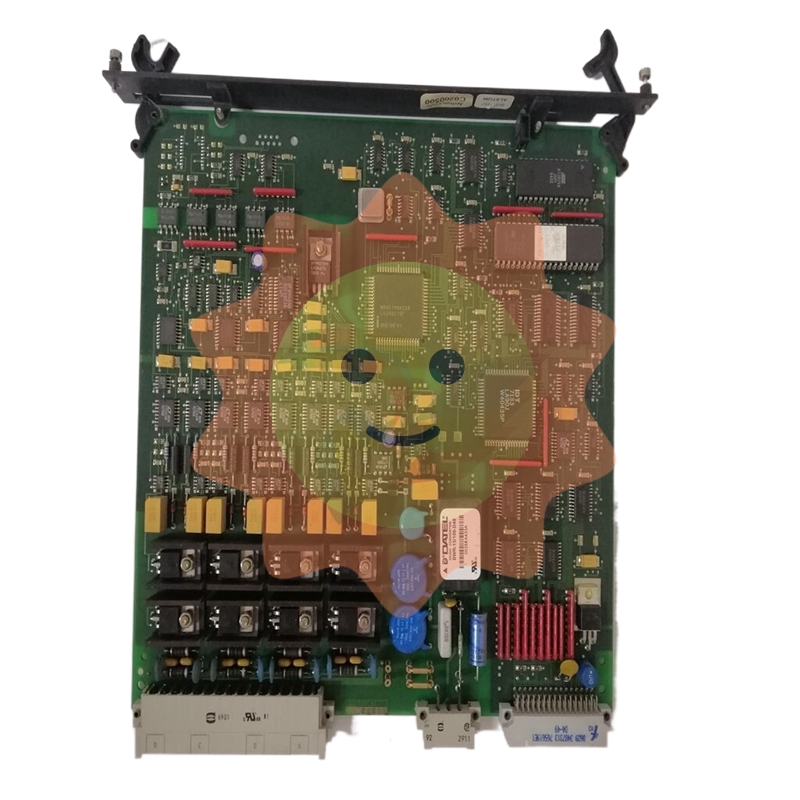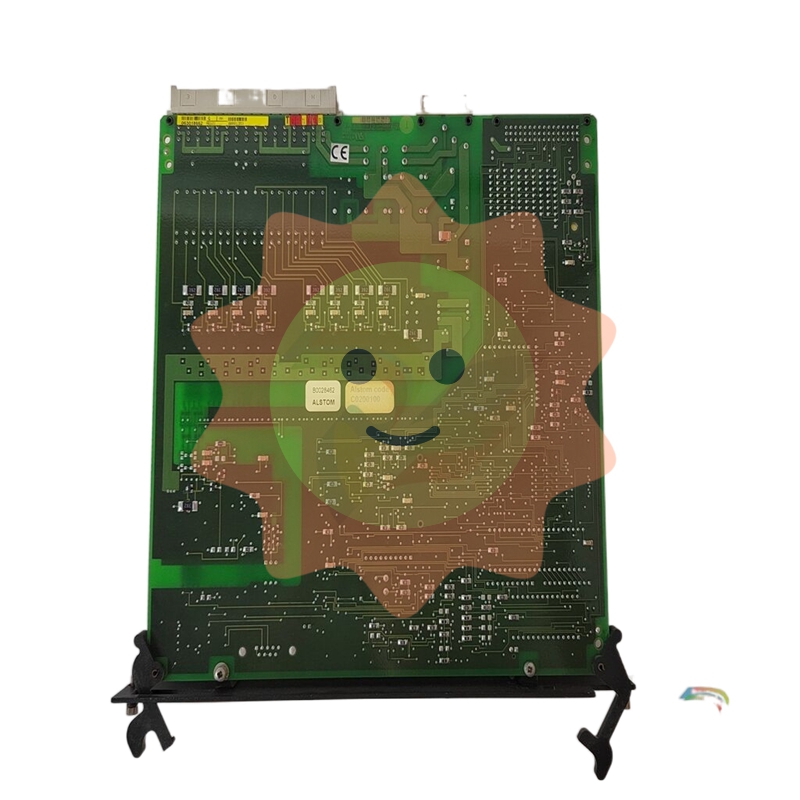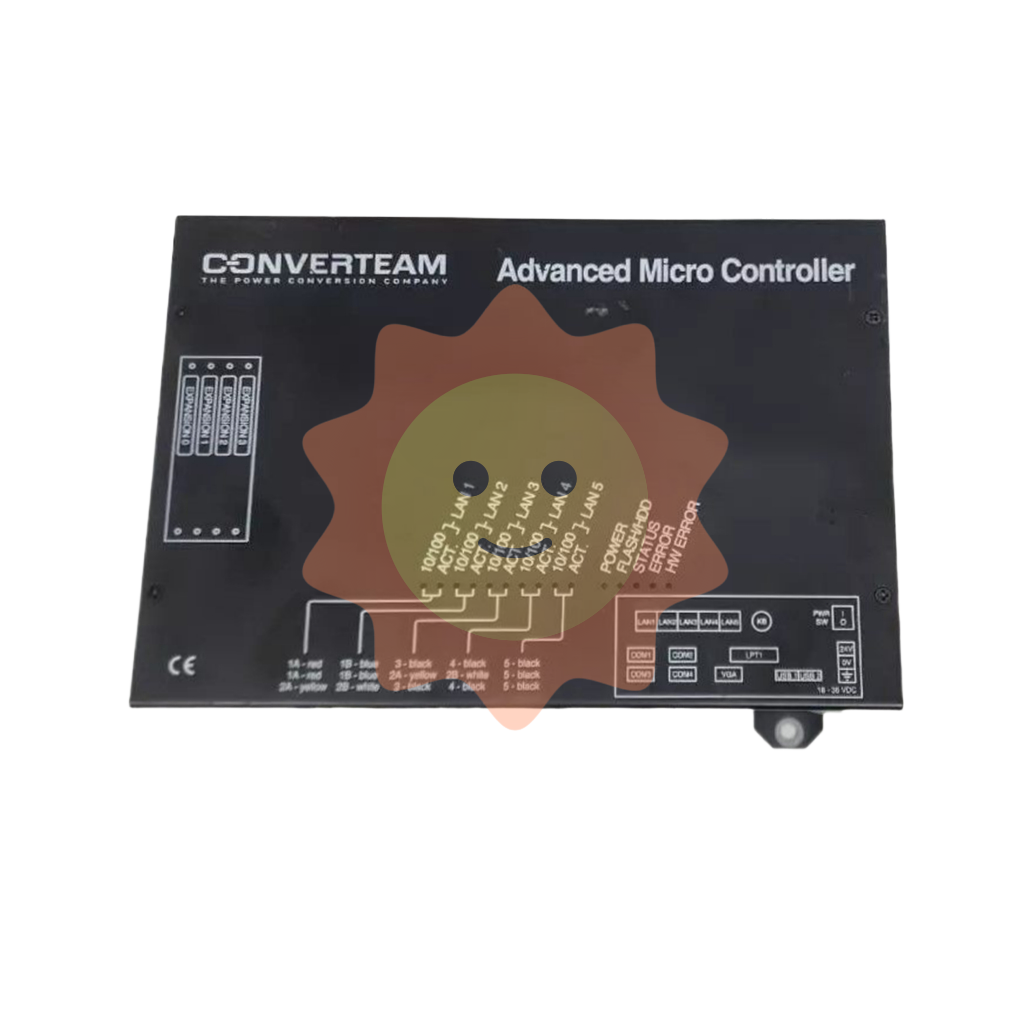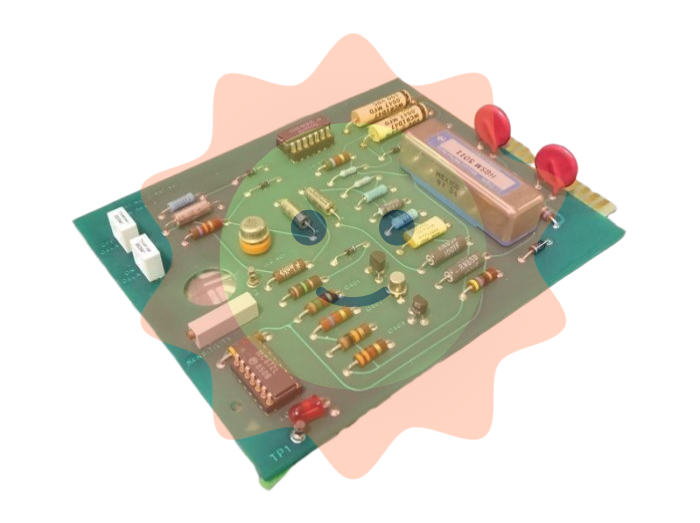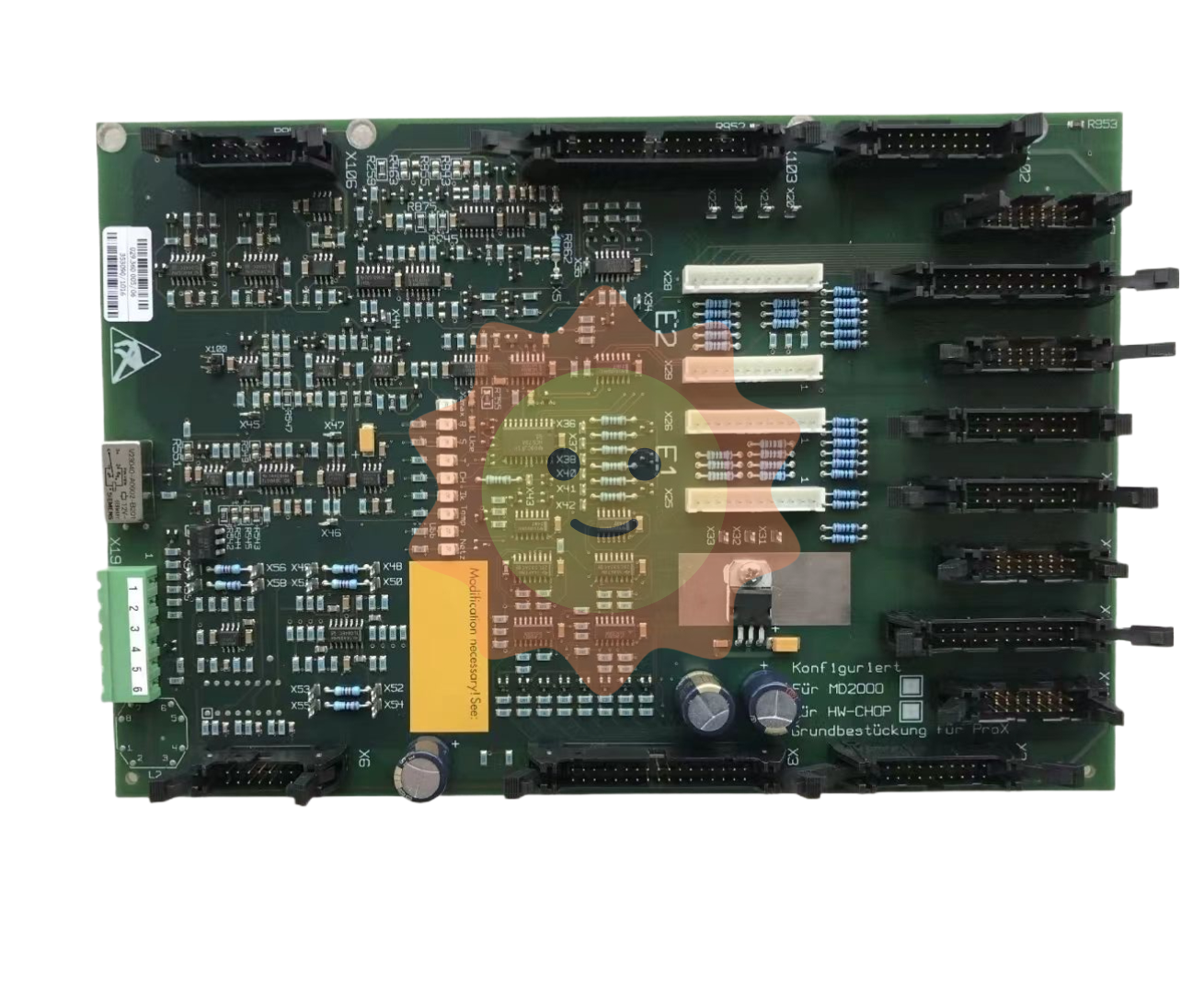Green ship low-carbon development trend and countermeasures
90% of global trade is completed by sea, and the environmental pollution caused by ship shipping has been highly concerned by the international community. International conventions and related planning documents regulating environmental pollution and consumption reduction of ships have been issued successively, and standards and norms are increasingly stringent. Green and low-carbon has become an inevitable trend in the development of the ship shipping industry.
The research team of Academician Lin Zhongqin of the Chinese Academy of Engineering published the "Low-carbon Development Trend and Countermeasures of Green Ships" in the 6th issue of 2020 of the journal of the Chinese Academy of Engineering, "China Engineering Science". Based on the analysis of the preliminary carbon emission reduction strategy of the International Maritime Organization, the development status of Norway, Japan and the United Kingdom in the field of green ships was expounded. This paper summarizes the common advantages of foreign countries in promoting the development of green ships in terms of policy guidance, technical direction and international cooperation. Based on the development situation of domestic green ships, this paper puts forward suggestions on the development of green ships in China from three aspects: strengthening government leadership, formulating green ship development plans at the national and industry levels, laying out technical research, accelerating the market-oriented application process of ship alternative fuels, implementing open cooperation, and leading the development of international industries while enhancing core competitiveness.

I. Introduction
Since the beginning of the 21st century, the environmental problems brought about by the growth of the world economy have become increasingly serious. The international community has continued to pay attention to environmental pollution and protection issues, and the requirements for low-carbon environmental protection in various industries have also been increasing. A series of new international conventions, new rules and new standards have emerged, such as the United Nations Framework Convention on Climate Change, which aims to comprehensively control greenhouse gas emissions and address global warming. The Paris Agreement on arrangements for action to combat global climate change. The State of the Global Climate 2019 Statement by the World Meteorological Organization (WMO) confirms that the global climate continues to warm, with a series of chain reactions that are intensifying and moving further away from achieving the temperature control goals of the Paris Agreement. According to UN Secretary-General Antonio Guterres, it will take political will and urgent action by all countries in the world to achieve a 45% reduction in emissions by 2030 (compared to 2008) and zero emissions by 2050 [1].
90% of global trade is completed by sea, and the environmental pollution caused by ship shipping has been highly concerned by the international community. The International Maritime Organization (IMO) has been developing and issuing mandatory regulations to prevent ships from polluting the environment. In this context, the concept of green environmental protection came into being and was gradually accepted and recognized by the shipping industry, and the mode of green development of ships began to be deeply explored and explored. In this context, the concept of "green ship" is gradually clear, and the academic circle has more and more extensive and in-depth discussion on it. China Classification Society's definition of green ships has been widely recognized in China: green ships adopt relatively advanced technologies to safely meet predetermined functions and performance during their life cycle, while achieving improved energy efficiency, reducing or eliminating environmental pollution, and providing good protection to operators and users [2]. Although the academic community has not reached a complete agreement on the definition of the concept of green ships, it basically reflects the core meaning of the principle of green environmental protection, energy saving and emission reduction in the whole life cycle of ship construction and application, supported by advanced technology and new energy fuel development, and aimed at reducing and even eliminating environmental pollution.
In order to enhance the competitiveness of the industry, the world's major shipbuilding countries have actively formulated green ship development plans and carried out research on green ship technology. Since 1990, China has carried out relevant research on green ship technology, and has made some achievements in the research and development of high-efficiency and energy-saving ship types and hull construction. In order to better fulfill the international commitments on energy conservation and emission reduction, and accelerate the transformation and upgrading from a shipbuilding power to a shipbuilding power, China should seize the key window period for the development of green ships, and carry out planning and layout for the market-oriented operation of green ships as soon as possible. Based on the analysis of IMO carbon emission reduction strategy and the development of green ships abroad, this paper focuses on the ways to improve ship energy efficiency and accelerate domestic market application of green ships through carbon emission reduction.
Imo's carbon reduction strategy
IMO has been committed to promoting the reduction of greenhouse gas emissions in the shipping industry, and has listed the reduction of carbon emissions from ships as a key management measure. In order to promote the international shipping industry to achieve emission reduction targets as soon as possible, IMO adopted the Ship Energy Efficiency Design Index (EEDI) in 2011 as the main means to control greenhouse gas emissions from ships, with a view to regulating the process of low-carbon emissions in the shipping and shipping industry. In 2018, the Preliminary Strategy for Reducing Greenhouse Gas Emissions from Ships was adopted, which makes overall arrangements for the actions of the shipping industry to address climate change in terms of vision objectives, emission reduction efforts, guiding principles, emission reduction measures and impacts at different stages (see Figure 1) [3,4]. This is not only the first greenhouse gas emission reduction strategy formulated by the global shipping industry in response to climate change, but also an important milestone in IMO's negotiation process of greenhouse gas emission reduction in shipping [5].

The above strategy defines the quantified targets of greenhouse gas emission reduction and the phased emission reduction measures. Average CO2 emissions per unit of transport activity from international shipping should be reduced by at least 40% by 2030 compared to 2008, and by 70% by 2050. (2) Reduce total annual greenhouse gas emissions from international shipping by at least 50% by 2050 compared to 2008. In order to eliminate greenhouse gas emissions from international shipping as soon as possible, three phases of measures have been developed: first, short-term measures (2018-2023), improve the technical and operational efficiency of new and existing ships, and initiate research and development of new technologies such as alternative fuels; Second, medium-term measures (2023-2030), including the introduction of alternative low-carbon and zero-carbon fuel implementation plans, and strengthening technical cooperation and capacity building; The third is long-term measures (beyond 2030), introducing zero-carbon fuels and encouraging the widespread adoption of possible new emission reduction mechanisms.
According to the Marine Environment Protection Committee (MEPC), the development of globally available and safe new Marine energy sources may face significant implementation barriers, such as the need to develop fuel life cycle GHG/carbon intensity guidelines in order to introduce alternative fuels. The IMO has developed safety standards for ships fuelled by LNG in the International Safety Code for Ships Using Gas or Other Low Flash Point Fuels, but has not yet developed safety standards for ships using hydrogen or other fuels. MEPC said it will promote public-private partnerships and information exchange by promoting information sharing, technology transfer and cooperation to help promote the development of low-carbon technologies and accelerate the transition of ships to low-carbon and zero-carbon fuels.
After the game and balance of the interests of all parties, the IMO's initial strategy on ship carbon reduction will be officially transformed into a final strategy in 2023, and changes in relevant international rules will determine the development direction of the shipping industry. This is bound to have a major impact on the formulation of energy conservation and emission reduction policies in China, and the phased goals and measures of energy conservation and emission reduction in the shipping industry also need to be adjusted accordingly. International norms and emerging technologies will become important factors affecting the future clean and low-carbon development of the shipping industry, and with the establishment of IMO's final environmental protection expected rules and standards, new opportunities for ship and shipping investment development will also follow.
Third, foreign green ship development planning and inspiration
Under the "forced" by a series of strict environmental protection conventions and standards of international organizations, Europe and Japan have formulated national green ship development plans and measures to speed up the research and promotion of new energy, new technology and new materials in the field of green ships, in order to support the domestic shipbuilding and shipping industry to meet the provisions of international environmental protection conventions as soon as possible. Win a new round of competitive advantage in the shipping and shipping market [6].
(I) Norway
As a global leader in green transformation in shipping, Norway's government aims to reduce the carbon emissions of domestic shipping and fishing vessels by 50% by 2030, and continue to promote the low-carbon emission reduction of all types of vessels through legislative planning, financial support, government-enterprise cooperation, quota system, public procurement emission reduction, registration incentive mechanism and other means. Accelerate the green development of the shipping industry [7].
The government introduced relevant legislation and formulated development plans. The Norwegian government is working to promote a climate - and environment-friendly international institutional framework for the shipping industry: the Ship Safety and Regulation Act covers environmental safety and environmental requirements related to the construction, equipment and operation of ships; The International Convention for the Prevention of Pollution from Ships has been applied in Norway's domestic legal system to regulate the legal issues arising from air pollution and the discharge of toxic and harmful substances caused by ship navigation; The Pollution Prevention and Control Law has been extended to regulate greenhouse gas emissions from ships.

The Government implements the concept of reducing emissions from ships in the process of public procurement. The Norwegian government will promote the inclusion of zero - and low-emission concepts in the procurement process of ferries and high-speed vessels. According to Norwegian legislation on public procurement, public bodies must conduct procurement in a manner that reduces harmful environmental impacts and promotes climate friendliness. The Government hopes that the public sector will use its emission reduction procurement practices to incentivize the use of low-emission technology products, and will ensure that requirements related to zero-emission transport are taken into account in the public procurement process as far as possible, providing opportunities and creating incentives for the development of zero-emission vessels.
The government supports the purchase and registration of green ships in the form of financial and tax incentives. The Norwegian government has developed a long-term subsidy and tax incentive program for the acquisition of environmentally friendly vessels, and the 2019 national budget has set up a special fund to support the introduction of low - and zero-emission solutions for high-speed passenger ships, as well as financial subsidies for the acquisition of environmentally friendly high-speed vessels by local governments. In addition to urging existing ships flying the Norwegian flag to implement green environmental measures, introducing incentives (such as better service, lower fees, etc.) to encourage shipowners to register zero - and low-emission vessels in Norway to enhance the international competitiveness of the Norwegian shipping industry.
The government will work with relevant enterprises to formulate plans for the development of green ships. The Norwegian government believes that the green development of the shipping industry is inseparable from the joint efforts and cooperation of shipowners, shippers and relevant public authorities. In the process of developing the green ship development program, the Norwegian government has engaged in a dialogue with relevant industry partners to discuss the possibility of developing a letter of intent for the green renewal of the cargo fleet; Enterprises are encouraged to support the research and development of relevant technologies and infrastructure construction through donations, such as Enova, a wholly state-owned company under the Royal Norwegian Petroleum Energy Ministry, has allocated 1.5 billion Norwegian kroner for different types of ship projects since 2015, for the installation of batteries and charging facilities for green ships.
Establish shipping quota obligations for biofuels. The Norwegian government believes that increasing the use of biodiesel and biogas is one of the important means to achieve the goal of halving Norwegian shipping emissions by 2030. The Norwegian Parliament has submitted a proposal to the government on the implementation of sustainable biofuel quota obligations for the shipping industry. In this regard, the Norwegian Ministry of Climate and Environment has organized UNEP to cooperate with the Maritime Administration to examine the feasibility and environmental impact of introducing mandatory measures for biofuel quotas, and to cooperate with scientific research institutions such as the Innovation Agency and the Research Council and related enterprises to increase the research and development and production of biogas from biological residues and wastes.
(2) Japan
Japan, a major player in the global shipping and shipbuilding industry, is working to introduce ultra-low or zero emission ships by 2030, with a view to achieving greenhouse gas emissions reductions of 90% or more (compared to 2008). To this end, Japan is accelerating the research, development and demonstration of new technologies, and formulating measures to encourage the coordinated development of zero-emission ships, clean alternative fuel supply chains and related infrastructure, in order to solve the problems of high initial investment costs, insufficient endurance capacity and lagging construction of related supporting facilities in the promotion and application of green ships as soon as possible.
Japan regards the development of clean alternative fuels as an effective way to promote the development of green ships, and believes that there are two main possibilities for the realization of alternative fuels for shipping ships: First, liquefied natural gas (LNG) fuel is used as a transitional alternative fuel to solve the problem of carbon emission reduction in shipping, and LNG fuel infrastructure is used to gradually expand the use of biological CH4 and carbon cycle CH4. The second is to increase the use of hydrogen and ammonia fuel while using LNG fuel, because the combustion of liquefied hydrogen and ammonia without the use of kindling does not emit CO2, which can play an important role in reducing the total greenhouse gas emissions of international shipping [4].

In order to fully introduce Marine power alternative fuels and related technologies around 2028, Japan has established key pilot projects and research technologies in recent years: First, accelerate the pilot of the dual-fuel internal combustion engine project, by carrying out the trial of the dual-fuel internal combustion engine of conventional fuel and hydrogen/ammonia alternative fuel, to achieve the goal of applying it to small coastal vessels by 2026, and expand the application of the technology to large ocean-going ships with the improvement of the technology; Second, encourage the use of LNG fuel, carbon cycle CH4 fuel, and formulate measures to solve the problem of CH4 escape; The third is to improve the CO2 capture rate, reduce the size, cost and power to optimize the performance of the CO2 capture system on board. Fourth, by enhancing the battery energy density, improve the efficiency of the battery propulsion system and other ways to meet the needs of large ocean-going ships for long endurance.
In practice, Japan is working on the concept design of super ecological ships, developing four types of zero-emission ships (hydrogen fuel ships, ammonia fuel ships, CO2 capture ships, ultra-efficient LNG fuel ships), and exploring the possibility of ecological development of container ships and bulk carriers in the future. The project has clarified the possibility and challenge of introducing zero-emission ships from the technical point of view. While developing the concept design of 80,000 DWT bulk hydrogen fuel ships and 20,000 TEU container hydrogen fuel ships, it has determined the key technical problems to be solved in the development of liquefied hydrogen fuel ships. For example, developing hydrogen fuel engines and fuel supply systems, increasing the size of fuel tanks, strengthening thermal protection systems, and preventing hydrogen leakage. Japan Classification Society tries to improve and enhance the green performance of ships by optimizing ship type, reducing hull friction, improving ship propulsion efficiency, improving waste heat recovery and operational efficiency, etc., and has made certain research progress [6].
- EMERSON
- Honeywell
- CTI
- Rolls-Royce
- General Electric
- Woodward
- Yaskawa
- xYCOM
- Motorola
- Siemens
- Rockwell
- ABB
- B&R
- HIMA
- Construction site
- electricity
- Automobile market
- PLC
- DCS
- Motor drivers
- VSD
- Implications
- cement
- CO2
- CEM
- methane
- Artificial intelligence
- Titanic
- Solar energy
- Hydrogen fuel cell
- Hydrogen and fuel cells
- Hydrogen and oxygen fuel cells
- tyre
- Chemical fiber
- dynamo
- corpuscle
- Pulp and paper
- printing
- fossil
- FANUC
- Food and beverage
- Life science
- Sewage treatment
- Personal care
- electricity
- boats
- infrastructure
- Automobile industry
- metallurgy
- Nuclear power generation
- Geothermal power generation
- Water and wastewater
- Infrastructure construction
- Mine hazard
- steel
- papermaking
- Natural gas industry
- Infrastructure construction
- Power and energy
- Rubber and plastic
- Renewable energy
- pharmacy
- mining
- Plastic industry
- Schneider
- Kongsberg
- NI
- Wind energy
- International petroleum
- International new energy network
- gas
- WATLOW
- ProSoft
- SEW
- wind
- ADVANCED
- Reliance
- YOKOGAWA
- TRICONEX
- FOXBORO
- METSO
- MAN
- Advantest
- ADVANCED
- ALSTOM
- Control Wave
- AB
- AMAT
- STUDER
- KONGSBERG
- MOTOROLA
- DANAHER MOTION
- Bentley
- Galil
- EATON
- MOLEX
- Triconex
- DEIF
- B&W
- ZYGO
- Aerotech


email:1583694102@qq.com
wang@kongjiangauto.com


